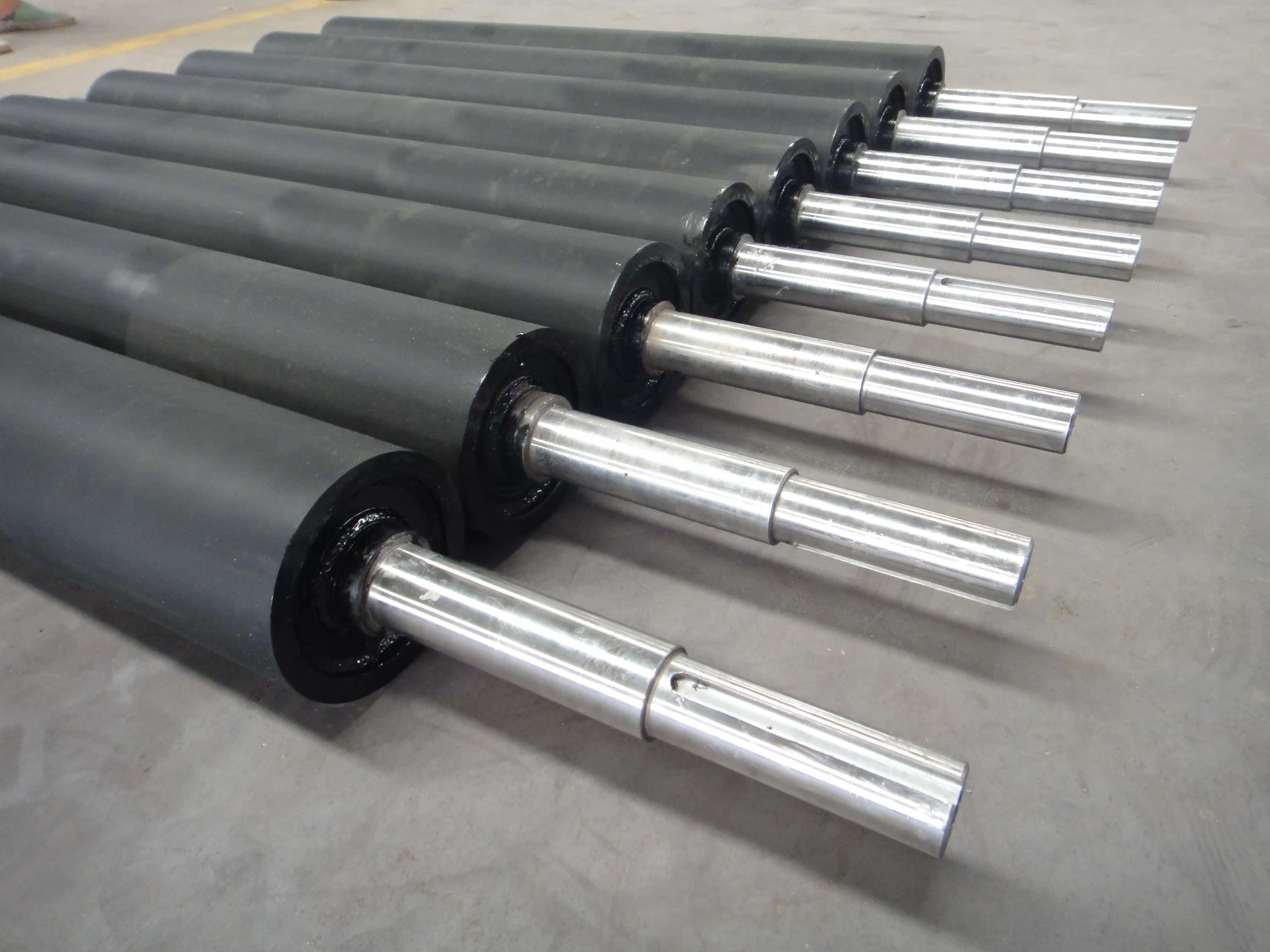 Afrikaans
Afrikaans  Albanian
Albanian  Amharic
Amharic  Arabic
Arabic  Armenian
Armenian  Azerbaijani
Azerbaijani  Basque
Basque  Belarusian
Belarusian  Bengali
Bengali  Bosnian
Bosnian  Bulgarian
Bulgarian  Catalan
Catalan  Cebuano
Cebuano  Corsican
Corsican  Croatian
Croatian  Czech
Czech  Danish
Danish  Dutch
Dutch  English
English  Esperanto
Esperanto  Estonian
Estonian  Finnish
Finnish  French
French  Frisian
Frisian  Galician
Galician  Georgian
Georgian  German
German  Greek
Greek  Gujarati
Gujarati  Haitian Creole
Haitian Creole  hausa
hausa  hawaiian
hawaiian  Hebrew
Hebrew  Hindi
Hindi  Miao
Miao  Hungarian
Hungarian  Icelandic
Icelandic  igbo
igbo  Indonesian
Indonesian  irish
irish  Italian
Italian  Japanese
Japanese  Javanese
Javanese  Kannada
Kannada  kazakh
kazakh  Khmer
Khmer  Rwandese
Rwandese  Korean
Korean  Kurdish
Kurdish  Kyrgyz
Kyrgyz  Lao
Lao  Latin
Latin  Latvian
Latvian  Lithuanian
Lithuanian  Luxembourgish
Luxembourgish  Macedonian
Macedonian  Malgashi
Malgashi  Malay
Malay  Malayalam
Malayalam  Maltese
Maltese  Maori
Maori  Marathi
Marathi  Mongolian
Mongolian  Myanmar
Myanmar  Nepali
Nepali  Norwegian
Norwegian  Norwegian
Norwegian  Occitan
Occitan  Pashto
Pashto  Persian
Persian  Polish
Polish  Portuguese
Portuguese  Punjabi
Punjabi  Romanian
Romanian  Russian
Russian  Samoan
Samoan  Scottish Gaelic
Scottish Gaelic  Serbian
Serbian  Sesotho
Sesotho  Shona
Shona  Sindhi
Sindhi  Sinhala
Sinhala  Slovak
Slovak  Slovenian
Slovenian  Somali
Somali  Spanish
Spanish  Sundanese
Sundanese  Swahili
Swahili  Swedish
Swedish  Tagalog
Tagalog  Tajik
Tajik  Tamil
Tamil  Tatar
Tatar  Telugu
Telugu  Thai
Thai  Turkish
Turkish  Turkmen
Turkmen  Ukrainian
Ukrainian  Urdu
Urdu  Uighur
Uighur  Uzbek
Uzbek  Vietnamese
Vietnamese  Welsh
Welsh  Bantu
Bantu  Yiddish
Yiddish  Yoruba
Yoruba  Zulu
Zulu drum pulley for conveyor belt
Understanding Drum Pulleys for Conveyor Belts
Conveyor belts are an essential component in modern material handling systems, playing a critical role in various industries such as mining, agriculture, manufacturing, and logistics. At the heart of these systems lies the drum pulley, a key component responsible for driving the conveyor belt and ensuring its efficient operation. This article explores the function, types, design considerations, and maintenance of drum pulleys for conveyor belts.
Function of Drum Pulleys
Drum pulleys serve multiple purposes in a conveyor system. Primarily, they transmit power to the conveyor belt, facilitating the movement of materials across a predetermined path. The drive pulley, usually located at the start of the conveyor system, is responsible for pulling the belt forward, while the return pulley, located at the end, allows the belt to return to its original position after material transfer. The effective functioning of these pulleys is crucial for the overall efficiency and reliability of the conveyor system.
Types of Drum Pulleys
There are several types of drum pulleys, each designed to meet specific operational needs. The most common types include
1. Drive Pulleys These are powered pulleys that move the conveyor belt and are typically equipped with a motor directly connected to them.
2. Idler Pulleys Idler pulleys provide support to the conveyor belt, ensuring proper alignment and maintaining tension. They do not drive the belt but play a vital role in stabilizing its path.
3. Crowned Pulleys Featuring a slight curve or crown on their face, crowned pulleys help maintain belt alignment by naturally guiding the belt back to the center.
4. Lagged Pulleys Lagging is the process of applying a layer of material, often rubber, to the surface of a pulley. This enhances grip, reduces slippage, and protects the pulley from wear and tear.
5. Snub Pulleys These pulleys redirect the conveyor belt and increase the angle of contact between the belt and the drive pulley, improving the capacity of the system.
Design Considerations
Designing drum pulleys requires careful consideration of several factors to ensure optimal performance
1. Material Selection Drum pulleys are typically made from materials like steel or aluminum, selected for their strength and durability. The choice of material affects the pulley’s lifespan and the maintenance needs of the conveyor system.
drum pulley for conveyor belt

2. Pulley Diameter The diameter of the pulley affects the belt’s tension and the drive efficiency. Larger pulleys tend to reduce stress on the belt and enhance durability, while smaller pulleys increase the system's speed.
3. Shaft Size The diameter of the shaft must be adequately sized to handle the torque generated during operation. A correctly sized shaft prevents failure and prolongs the life of both the pulley and the motor.
4. Belt Width The width of the drum pulley should match the belt width to ensure effective material handling and prevent spillage.
5. Environmental Considerations The operating environment can significantly influence the design decisions. For example, pulleys used in harsh environments (like mines) may require additional protective coatings or use of corrosion-resistant materials.
Maintenance of Drum Pulleys
Regular maintenance of drum pulleys is essential for avoiding unscheduled downtime and minimizing operational costs. Some key maintenance practices include
1. Visual Inspections Regularly inspecting pulleys for wear, misalignment, or other visible issues to catch problems before they escalate.
2. Cleaning Keeping pulleys clean from debris and material buildup to avoid slippage and inefficiencies.
3. Lubrication Ensuring that bearings and moving parts are adequately lubricated to reduce friction and wear.
4. Tensioning Regularly checking and adjusting the tension of the conveyor belt to ensure optimal performance and prevent undue stress on the pulleys.
5. Replacing Worn Components Timely replacing any worn or damaged components to prevent system failures.
Conclusion
In summary, drum pulleys are a critical component of conveyor belt systems, enabling effective material transfer across various industries. Understanding their types, design considerations, and maintenance needs is vital for enhancing the efficiency and reliability of conveyor operations. By adopting best practices in selection and maintenance, businesses can substantially improve their material handling systems and ensure smooth operation.
-
Revolutionizing Conveyor Reliability with Advanced Rubber Lagging PulleysNewsJul.22,2025
-
Powering Precision and Durability with Expert Manufacturers of Conveyor ComponentsNewsJul.22,2025
-
Optimizing Conveyor Systems with Advanced Conveyor AccessoriesNewsJul.22,2025
-
Maximize Conveyor Efficiency with Quality Conveyor Idler PulleysNewsJul.22,2025
-
Future-Proof Your Conveyor System with High-Performance Polyurethane RollerNewsJul.22,2025
-
Driving Efficiency Forward with Quality Idlers and RollersNewsJul.22,2025





























